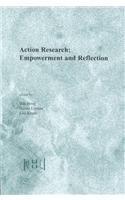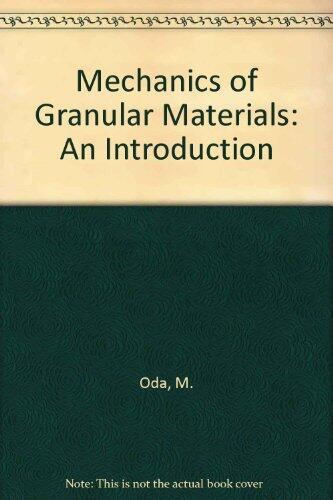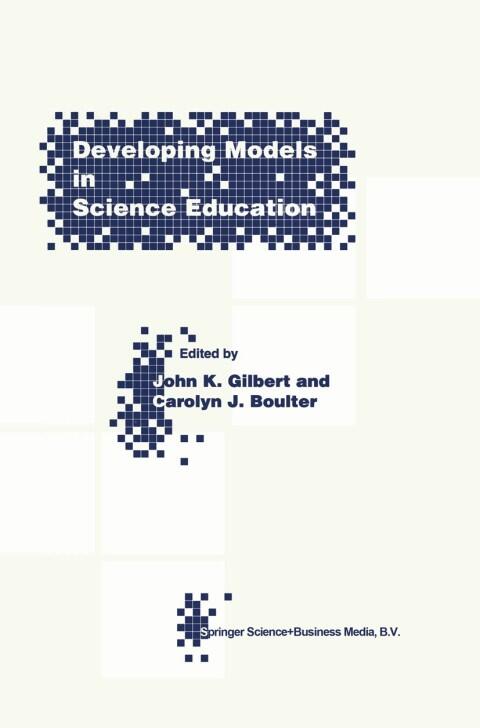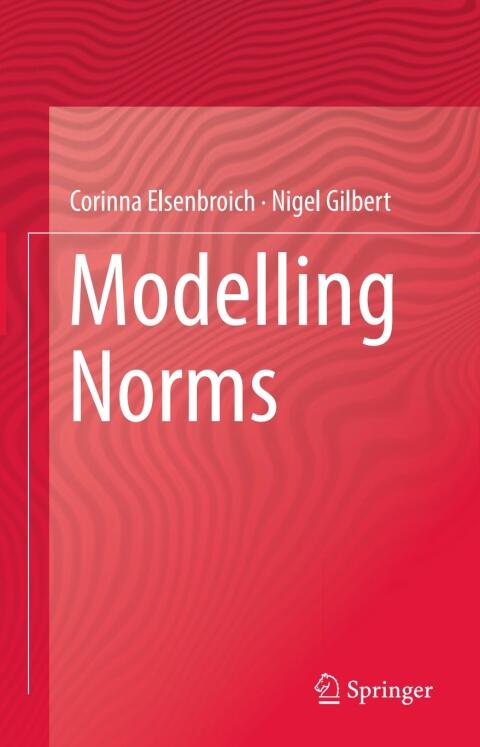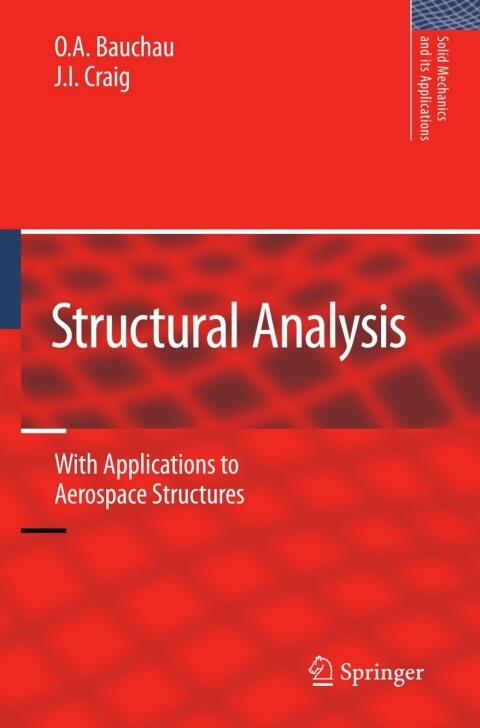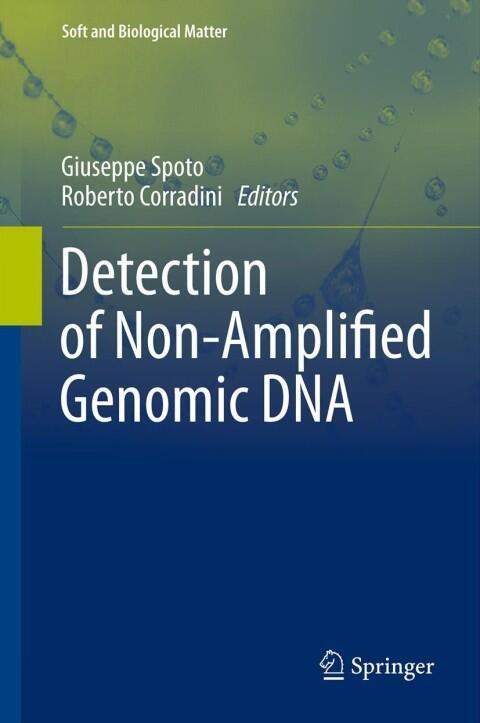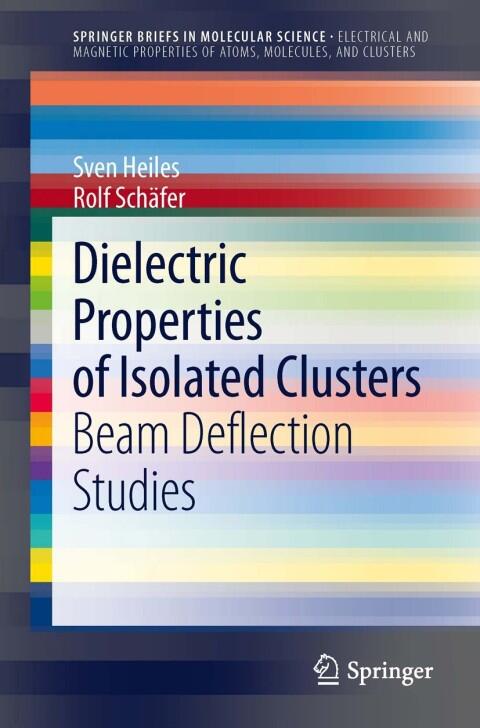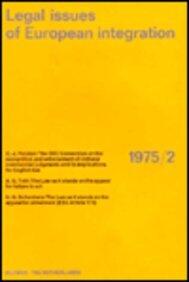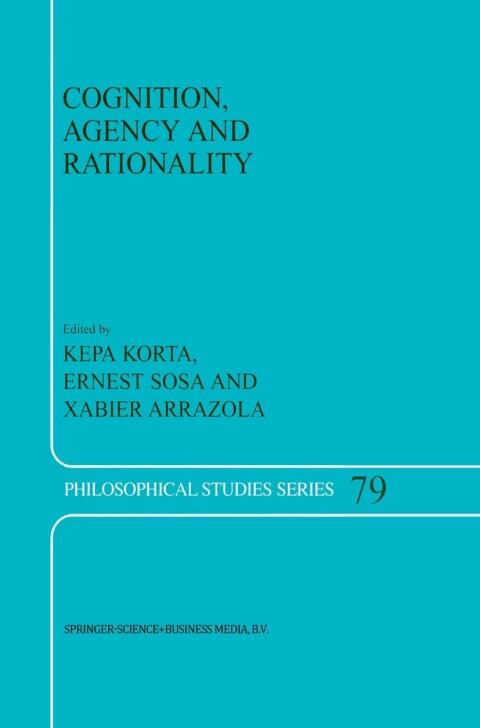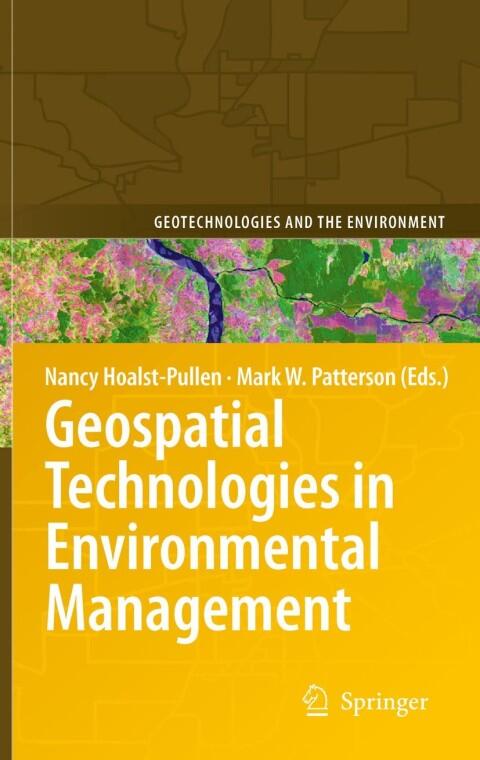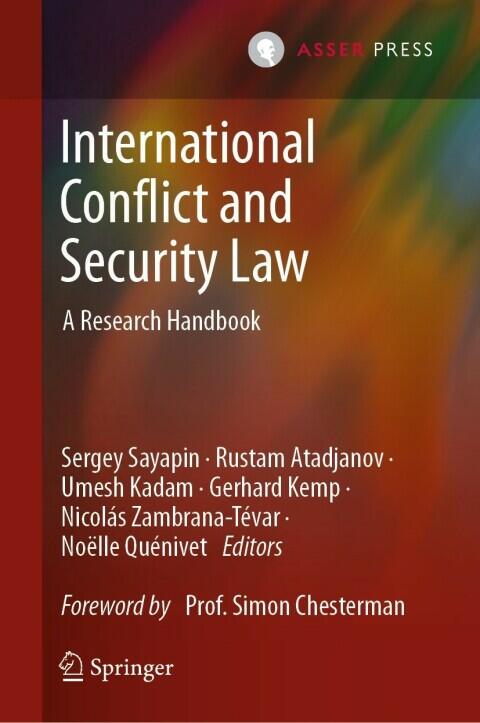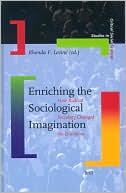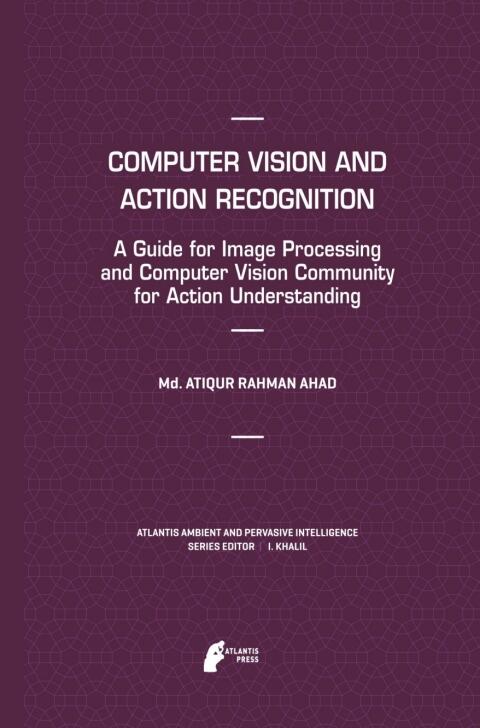
Computer Vision and Action Recognition: A Guide for Image Processing and Computer Vision Community for Action Understanding
بواسطة
Md. Atiqur Rahman Ahad
لا توجد تقييمات بعد
Science & Technology
تنسيق
كيندل
صفحات
232
لغة
الهولندية، الفلمنكية
منشور
Jan 1, 2011
الناشر
Atlantis Press
الطبعة
2011
رقم ISBN-10
9491216201
رقم ISBN-13
9789491216206
الوصف
In the realm of computer vision, understanding human actions poses significant challenges, largely due to the immense diversity and complexity inherent in human motion. Md. Atiqur Rahman Ahad delves into these intricacies, providing a comprehensive exploration of action recognition and analysis. This insight is essential for both researchers and practitioners striving to enhance their understanding of image processing technologies.
The work meticulously covers various methodologies and frameworks aimed at improving the efficiency and accuracy of action recognition systems. Readers will find discussions on cutting-edge techniques that leverage machine learning and deep learning algorithms, making it a valuable resource for those looking to stay abreast of the latest developments in the field. Ahad’s analysis is both thorough and accessible, catering to individuals from varying levels of expertise.
Beyond merely presenting technical details, the narrative emphasizes real-world applications, showcasing how advancements in action recognition impact numerous sectors, from healthcare to security. This practical perspective equips the audience with the knowledge to implement these techniques effectively in their respective fields.
Overall, the guide serves as an essential tool for anyone interested in the intersection of computer vision and human behavior, fostering a deeper appreciation for the ongoing advancements and future possibilities within the discipline.
The work meticulously covers various methodologies and frameworks aimed at improving the efficiency and accuracy of action recognition systems. Readers will find discussions on cutting-edge techniques that leverage machine learning and deep learning algorithms, making it a valuable resource for those looking to stay abreast of the latest developments in the field. Ahad’s analysis is both thorough and accessible, catering to individuals from varying levels of expertise.
Beyond merely presenting technical details, the narrative emphasizes real-world applications, showcasing how advancements in action recognition impact numerous sectors, from healthcare to security. This practical perspective equips the audience with the knowledge to implement these techniques effectively in their respective fields.
Overall, the guide serves as an essential tool for anyone interested in the intersection of computer vision and human behavior, fostering a deeper appreciation for the ongoing advancements and future possibilities within the discipline.
